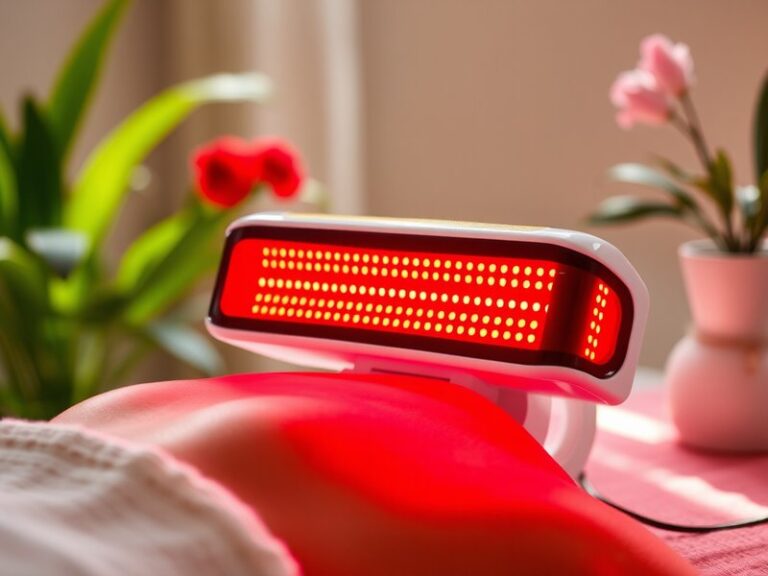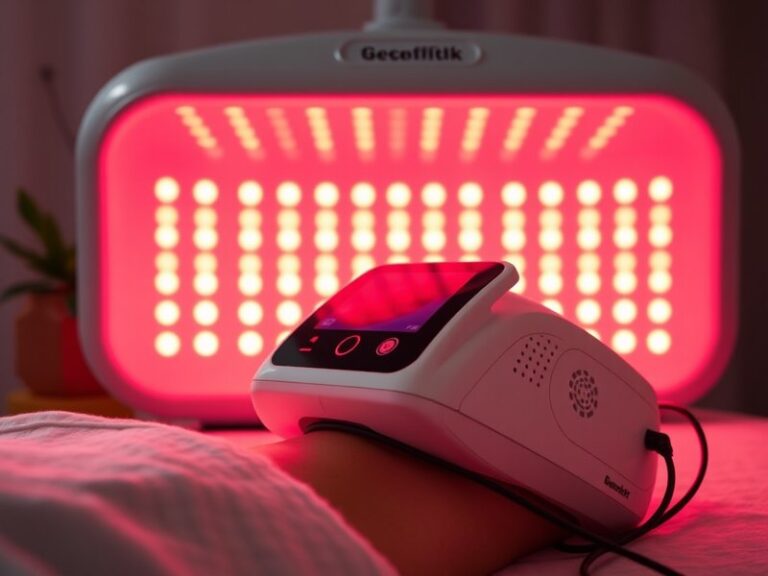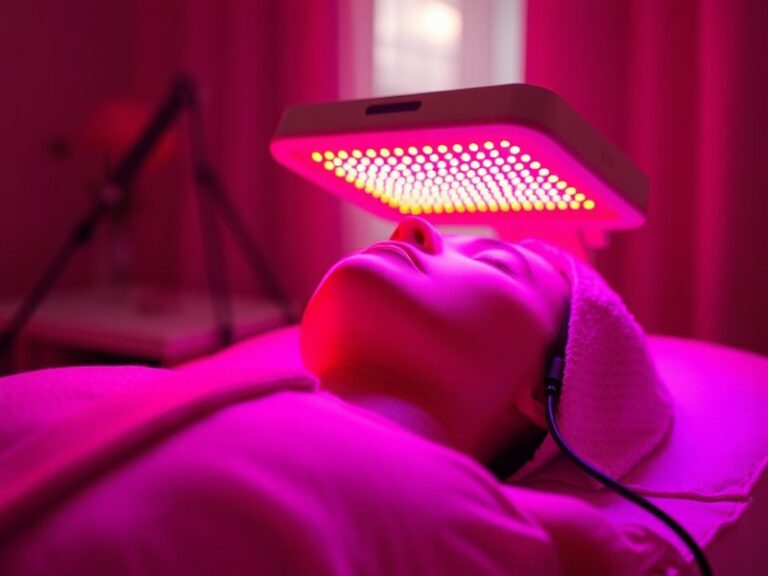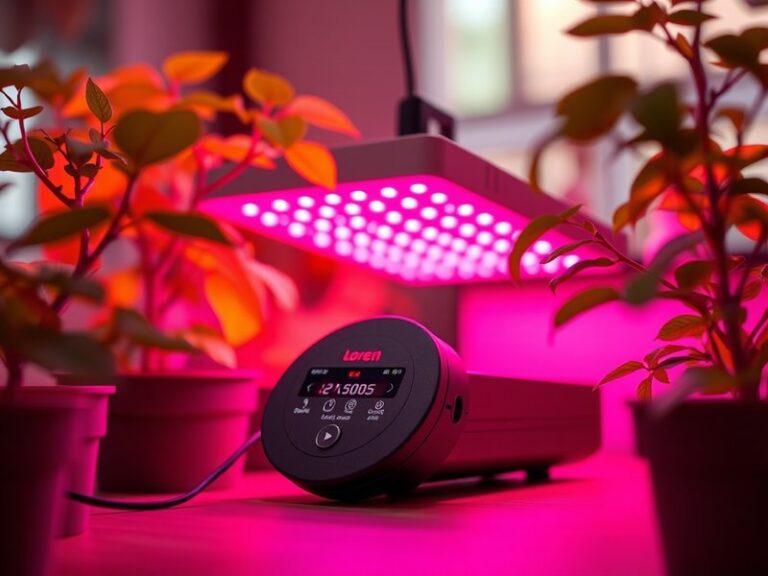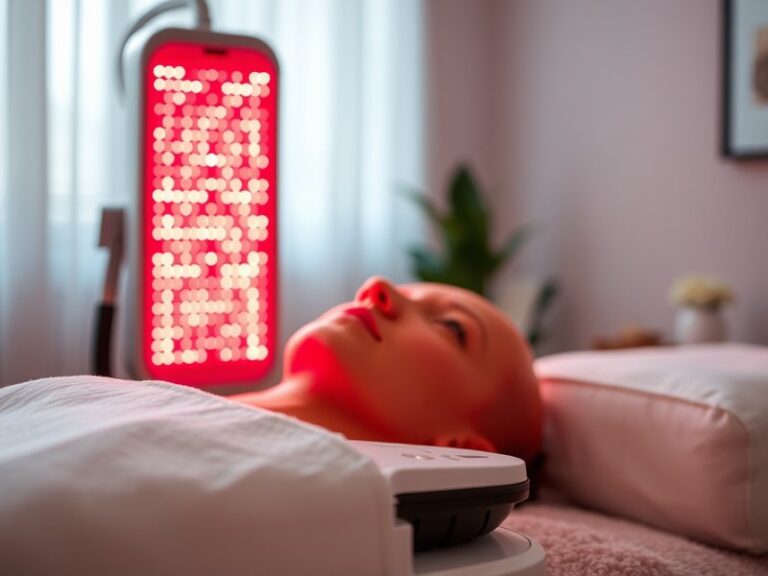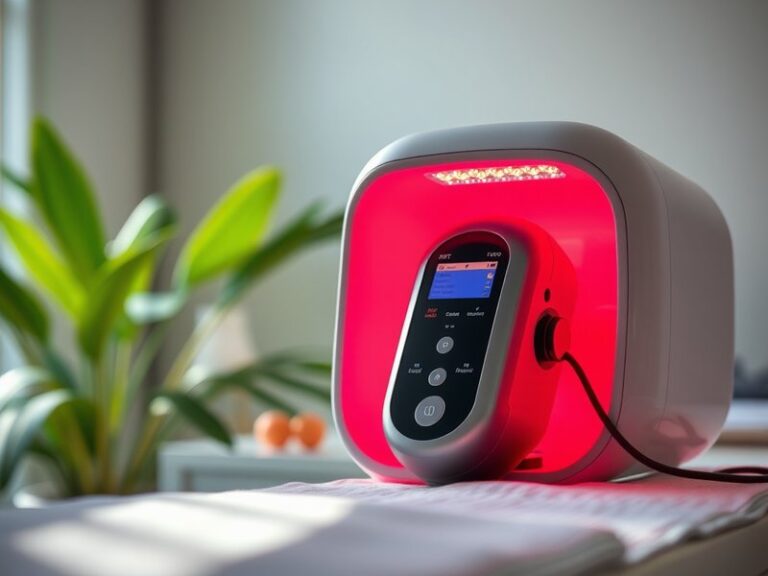What Does Red Light Therapy Good For?
What Does Red Light Therapy Do?
Have you ever wondered how light can impact your skin, recovery, and overall health? The answer might lie in red light therapy, a growing trend in wellness practices.
This article delves into the world of red light therapy, exploring its definition, benefits, and considerations. We’ll also look at alternative treatments and answer some frequently asked questions to give you a comprehensive understanding.
Key Takeaways
- Red light therapy promotes healing, reduces inflammation, and supports skin health.
- It is a non-invasive treatment option suitable for various age groups and health conditions.
- While generally safe, there are important considerations and alternative therapies to explore.
What is Red Light Therapy?
Red light therapy (RLT) is a non-invasive treatment that uses low-level wavelengths of red light to penetrate the skin. This method aims to promote healing and rejuvenation at the cellular level.
RLT is often employed in various treatment settings, including dermatology, sports medicine, and aesthetics. The therapy is believed to stimulate collagen production, enhance circulation, and decrease inflammation. It can be administered through devices that are applied directly to the skin or through specialized light panels that flood larger areas with light.
How Does Red Light Therapy Work?
At its core, red light therapy works by interacting with the mitochondria—our cells’ powerhouses. This interaction enhances ATP production, which fuels cellular processes and can lead to various therapeutic effects.
What are the Benefits of Red Light Therapy?
Red light therapy boasts a wide range of potential benefits, making it increasingly popular among both healthcare professionals and consumers alike.
Skin Health Improvement
RLT has gained acclaim for its ability to improve skin tone and texture. It can help reduce signs of aging, fine lines, and wrinkles by boosting collagen production. Many users report visible improvements in skin elasticity and firmness.
Pain and Inflammation Reduction
Countless studies indicate that red light therapy can significantly reduce pain and inflammation. Athletes often use it to expedite recovery from injuries and improve performance. For chronic pain conditions, such as arthritis, RLT may offer relief by decreasing inflammation in affected areas.
Enhancing Healing Processes
RLT is also credited with accelerating wound healing. Its application can promote faster recovery from surgeries and injuries due to its ability to enhance cellular repair and regeneration.
Learn the whole story Red Light Therapy Frequency
Additional Benefits
- Improved mood and sleep quality: Some users find that RLT may positively affect their mood and help regulate sleep patterns.
- Hair growth stimulation: Research indicates that red light therapy can promote hair regrowth in individuals experiencing thinning hair or certain types of alopecia.
- Reduction of acne and scars: By promoting skin healing and reducing inflammation, RLT can aid in the treatment of acne and the fading of scars.
Is it Possible to Perform Red Light Therapy at Home?
Absolutely! While professional treatments are widely available, many devices designed for at-home use can deliver effective red light therapy. These devices come in various forms, including handheld gadgets and larger panels.
What are the Advantages of At-Home Red Light Therapy?
- Accessibility: Home devices make it easy to incorporate RLT into your daily routine, enhancing convenience.
- Cost-Effective: Investing in a home device can be more affordable in the long run compared to regular professional treatments.
- Comfort: Using RLT at home allows you to enjoy therapy in a comfortable setting tailored to your preferences.
What are the Disadvantages of At-Home Red Light Therapy?
- Effectiveness Variability: The power and wavelength of at-home devices may vary, potentially impacting their effectiveness compared to professional treatments.
- Limited Guidance: Without professional oversight, users may not know the optimal treatment settings or duration for their specific needs.
- Responsibility for Consistency: Achieving desired results requires commitment and consistency, which some may find challenging.
What are the Things to Consider Before Trying Red Light Therapy?
While red light therapy is non-invasive and generally safe, there are several factors to contemplate before beginning treatment.
Skin Type and Sensitivity
Individuals with sensitive skin or certain medical conditions should consult a healthcare professional before using RLT.
Read our exploration of Benefits of Red Light Therapy
Frequency and Duration of Use
Understanding how often and for how long to use RLT is crucial for effectiveness. Consulting with a professional can help tailor a treatment plan.
Device Quality
If you opt for at-home devices, research their quality and specifications. Look for products that specify the wavelength and power output for best results.
Additional Considerations
- Consultation with a Professional: It’s advisable to discuss your individual needs and relevant health conditions with a healthcare provider to receive personalized guidance.
- Monitor Your Progress: Keep track of your treatment outcomes and any side effects you may experience to adjust your approach accordingly.
What are the Alternatives to Red Light Therapy?
If you’re considering other therapeutic options, various alternatives can address similar concerns.
Cold Laser Therapy
Cold laser therapy, like RLT, utilizes low-level laser light but focuses on specific medical applications, such as pain management and tissue healing.
Microdermabrasion
For skin concerns, microdermabrasion can enhance skin texture and reduce signs of aging by exfoliating the outermost layer of skin.
Topical Treatments
Over-the-counter creams and serums containing ingredients such as retinoids or hyaluronic acid can also improve skin health and appearance.
Additional Alternatives
- Chemical Peels: These can provide similar skin benefits by removing dead skin cells and promoting new skin growth.
- Physical Therapy: For pain management, physical therapy can provide personalized exercise and treatment options for recovery.
Conclusion: Is it Recommended to Try Red Light Therapy?
Red light therapy is a promising, non-invasive option with various benefits including improved skin health, pain relief, and enhanced healing. While it can be performed at home or through professional services, the best approach depends on individual needs and circumstances. Consulting with a healthcare provider is recommended to ensure a tailored plan for safe and effective usage.
Frequently Asked Questions
What conditions can red light therapy treat?
Red light therapy can aid in treating a range of conditions, including acne, chronic pain, arthritis, and signs of aging on the skin.
Is red light therapy safe?
Yes, red light therapy is generally considered safe, with minimal side effects. However, individuals with specific health conditions should consult a healthcare professional before starting treatment.
How often should I undergo red light therapy?
The frequency of treatment can vary. Many users find benefit with 3-5 sessions per week, while others may only need a couple of sessions monthly.
Can I use red light therapy while on medication?
While RLT is generally safe, it’s important to discuss any medications you are taking with your healthcare provider, as certain medications may cause light sensitivity.
How long does it take to see results from red light therapy?
Results can vary based on individual circumstances, but many users report noticeable improvements within a few weeks of consistent treatment.

